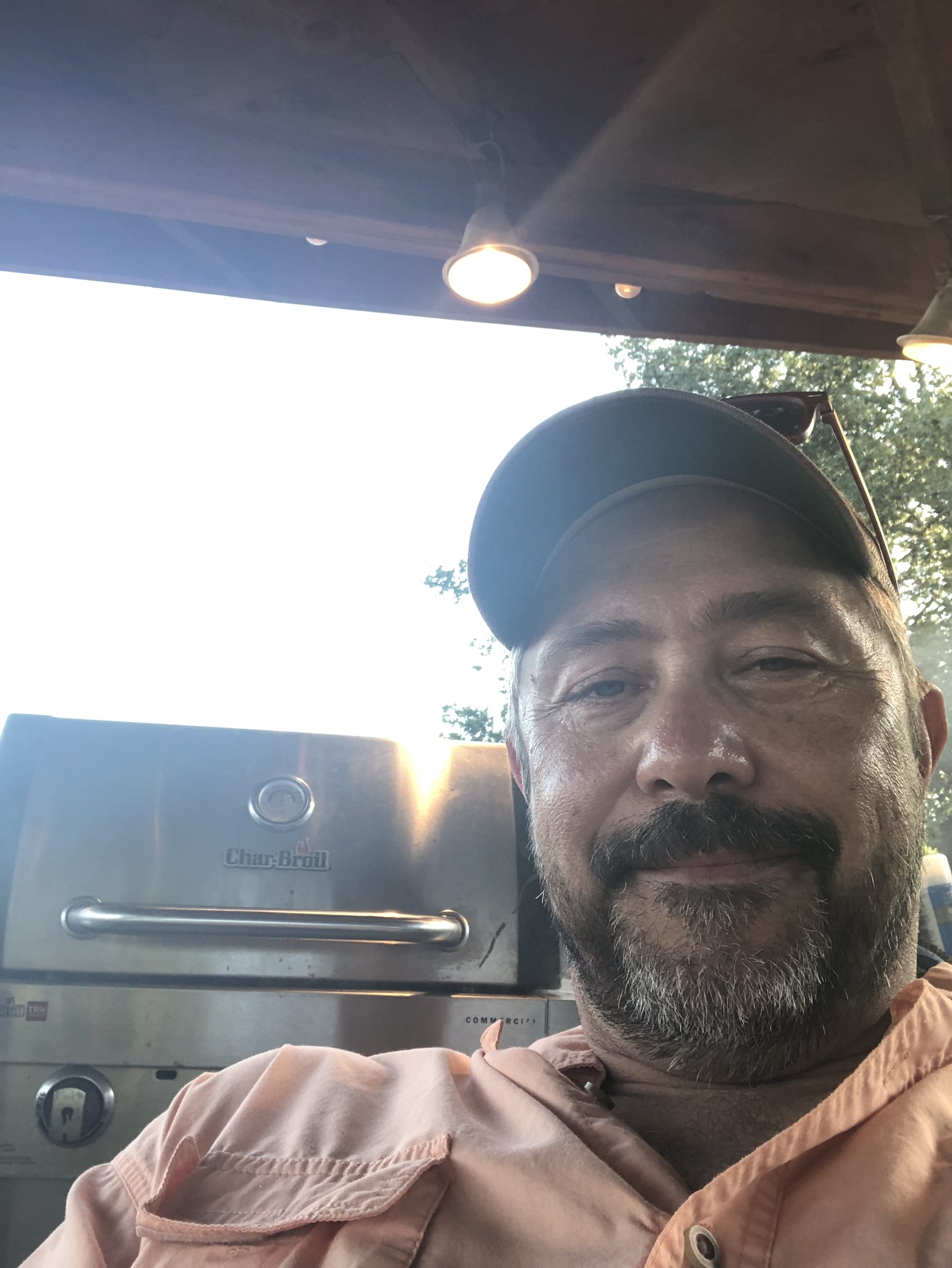How do we still have stations inviting clients on air to come on for five to ten minutes to talk about beer and food specials? I heard this just the other day when monitoring a station. I won’t say where, but let’s just say that I was shocked these tune-out opportunities are still treated as viable advertising in a market this size.

It is so important to be able to hold on to every listener. So why do some PDs let the sales staff walk all over them and create these moments no one is sitting through? Why do sellers still think it’s a great idea to bring Big Bob from Big Bob’s Honda in the studio to talk about the new Accord?
We’re a business built on creativity. Surely there is a better way to do this. I asked two programmers what is the best way to ensure clients get that extra love the seller promised without derailing the momentum of a show.
Jeff Austin runs 1080 The Fan in Portland. He told me that working on creative solutions with sales staff is just part of the gig these days. Being available and hands-on is the only way to ensure you have some say in how these sorts of pluses show up on air.
“You have to have a strong relationship with your sales managers and your account executives. If they can depend upon you to be accessible and find the most creative and natural ways to work their clients into the fabric of the station, everyone wins,” he said. “After all, Sports radio is the ultimate format for sales-programming integration. The spoken word is not an interruption, it’s the content, and our content is fun, not life and death. Our audience is engaged, which is why we get results.”
Rob Thompson told me that he is not above bringing a client into the studio. He just doesn’t want anyone to stop the conversation to talk about the importance of air conditioner tune-ups.

“It is very important for our listeners to get to know our biggest supporters (our top-advertisers) and to get their message out, but it has to be presented very naturally and in a ‘non-salsey’ way,” the program director of San Antonio’s Sports Star told me. “If we feature a client on the air (outside of being at their place of business doing a live show) there has to be a reason WHY we are introducing this person to the conversation we are having with the listener.”
A while back, I wrote about content that was forced on me by the bosses upstairs. Capitol Broadcasting owns the sports stations in the Raleigh/Durham/Chapel Hill market. The company also owns the Triple A Durham Bulls. My partners and I were required to talk to the manager every Tuesday. The only way we could make the segment work was by forcing the manager to talk nonsense with us. At least then, like Thompson points out, the guy becomes part of the fun and not a guy schilling dollar hot dog night.
Listeners don’t mind commercials. A lot of them know that is how our salaries get paid. Thompson says they just don’t like being told a conversation is content when it is clearly advertising.
“Sports/Talk listeners are smart, educated, and accepting until you give them a reason to get pissed. And the easiest way to piss one off is by insulting their intelligence. If a listener feels you are trying to ‘pull one over on them’ by weaving a thinly-veiled advertising message into content, they will go South on you faster than a tornado going through a trailer park, and they may never come back to the show, or worse, hold it against the station and never cume us again.”
There is something about blatantly handing the microphone over to a client that seems outdated. We’re smart, right? The business has changed to reflect and take advantage of that.
Jeff Austin agrees. He noted that advertising strategies that made sense in 2006 don’t even scratch the surface of what a station can do for a client now.

“The biggest difference from 15 years ago is that we can take a multi-platform approach. Back then, we had a live-only terrestrial signal and a fairly Spartan website with which to integrate our advertisers. Now, we can work for clients across our social and digital assets. Those assets also give us more opportunities for product placement – the non-spot assets like Twitter feeds, text lines and podcasts a client can own to weave their message organically into the station’s long-form content, consumed by terrestrial, streaming and on-demand listeners. It works! The audience recall for the sponsors of those assets is amazing.”
Maybe you are one of those people that don’t believe time and technology improve everything. Well, you know what they have undeniably improved? Advertising and listener interaction! Take advantage of these things and avoid putting your station and your clients in losing situations.

Demetri Ravanos is a columnist and features writer for Barrett Media. He is also the creator of The Sports Podcast Festival, and a previous host on the Chewing Clock and Media Noise podcasts. He occasionally fills in on stations across the Carolinas in addition to hosting Panthers and College Football podcasts. His radio resume includes stops at WAVH and WZEW in Mobile, AL, WBPT in Birmingham, AL and WBBB, WPTK and WDNC in Raleigh, NC.
You can find him on Twitter @DemetriRavanos or reach him by email at DemetriTheGreek@gmail.com.






